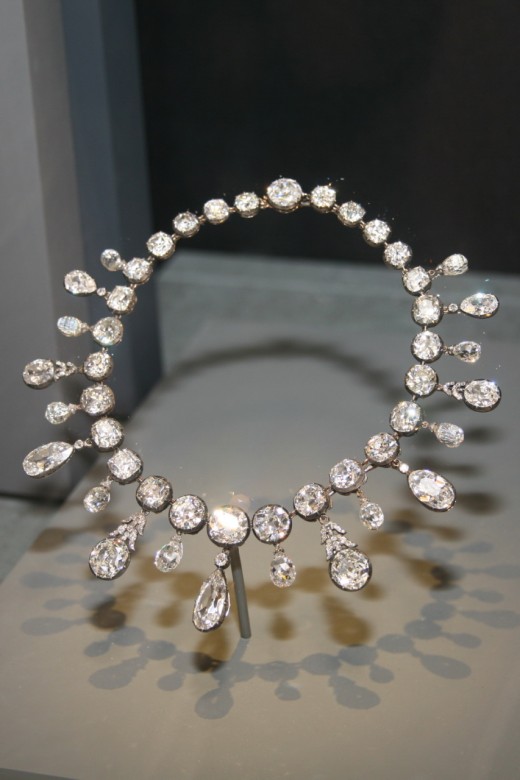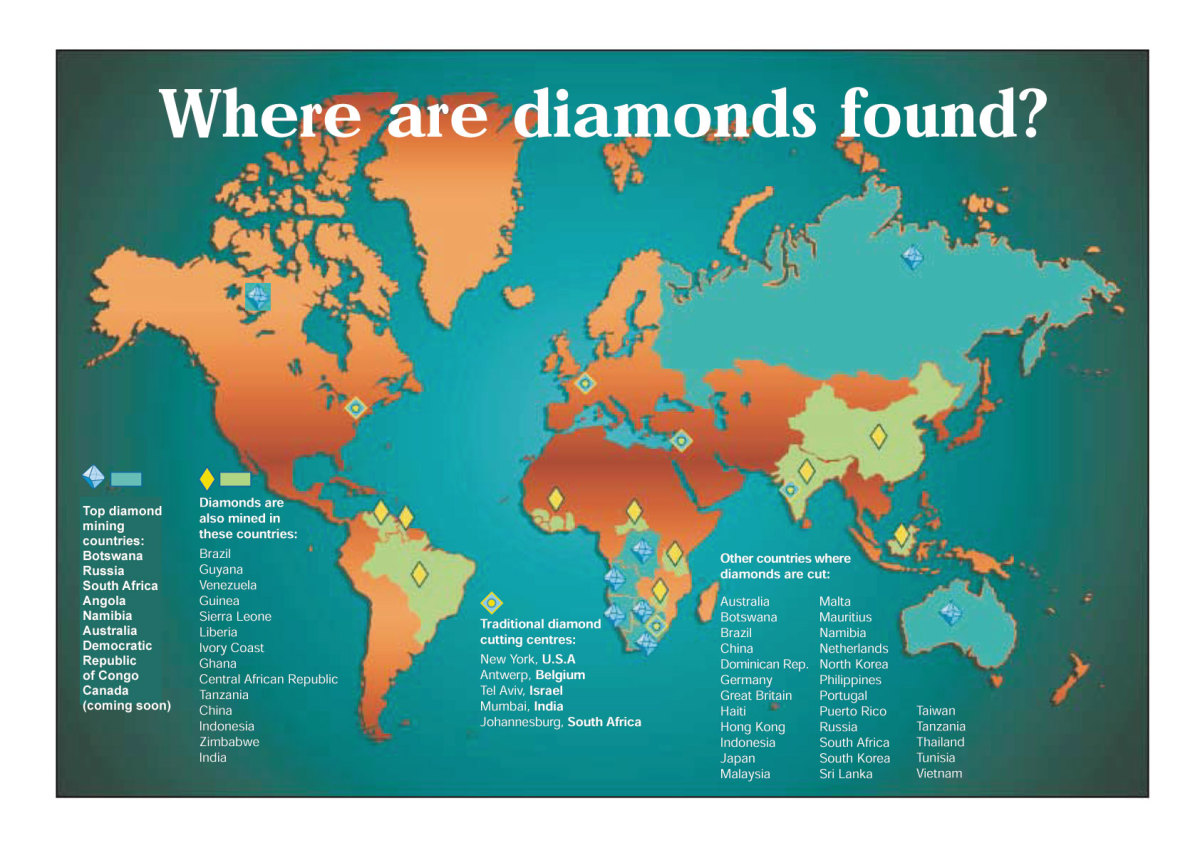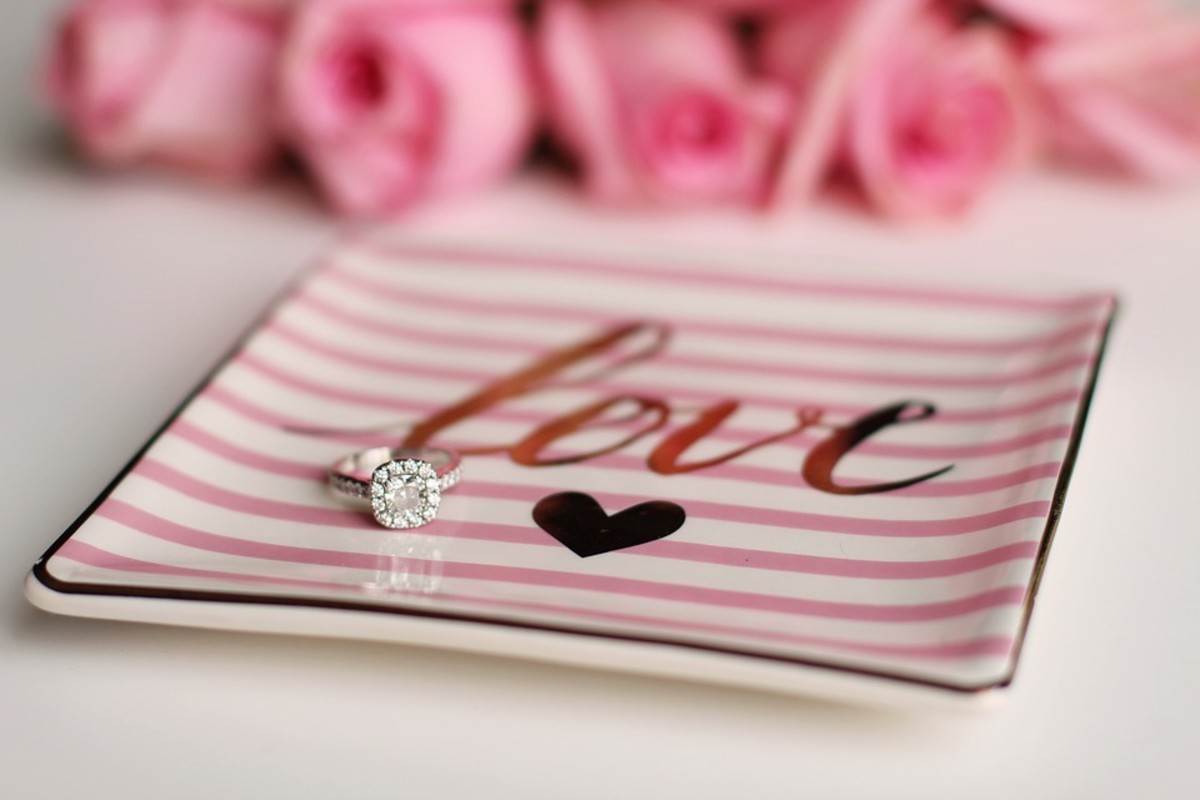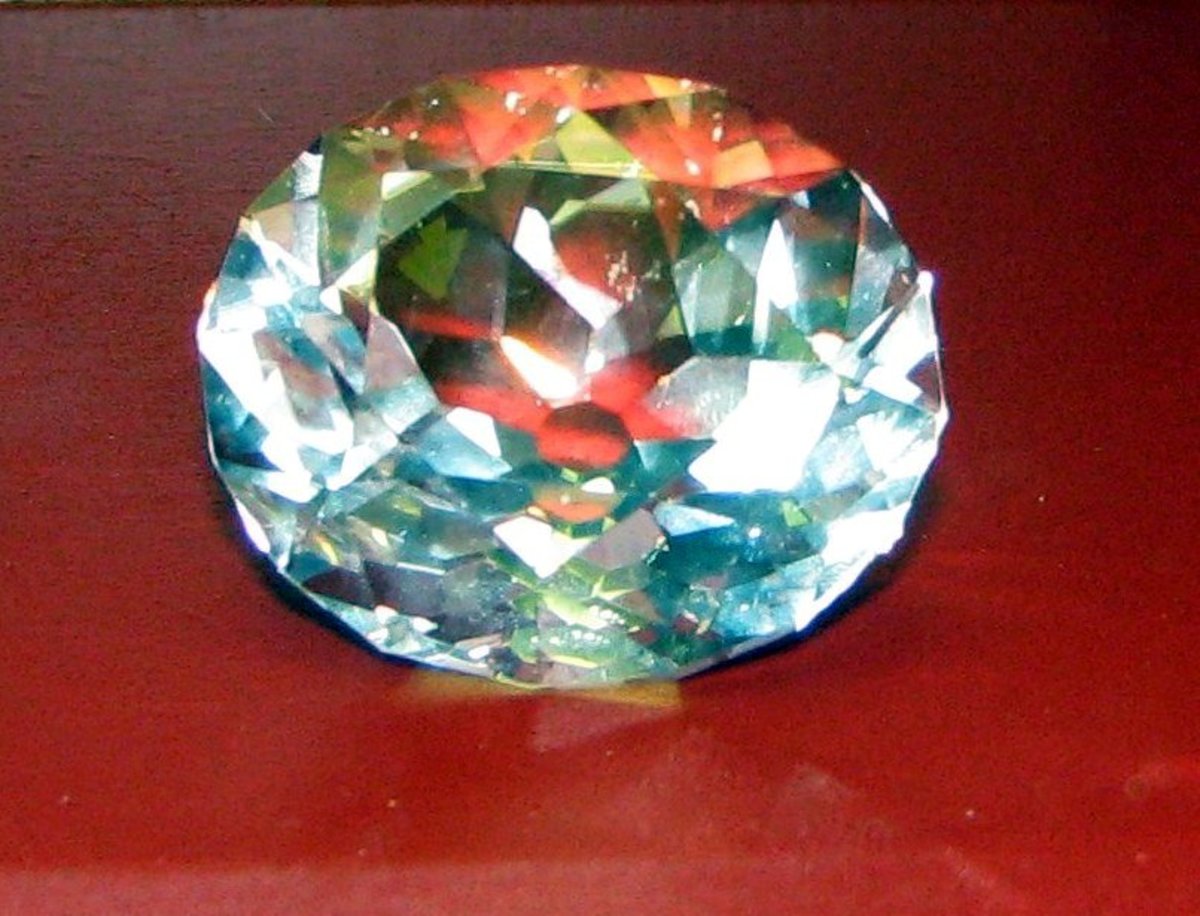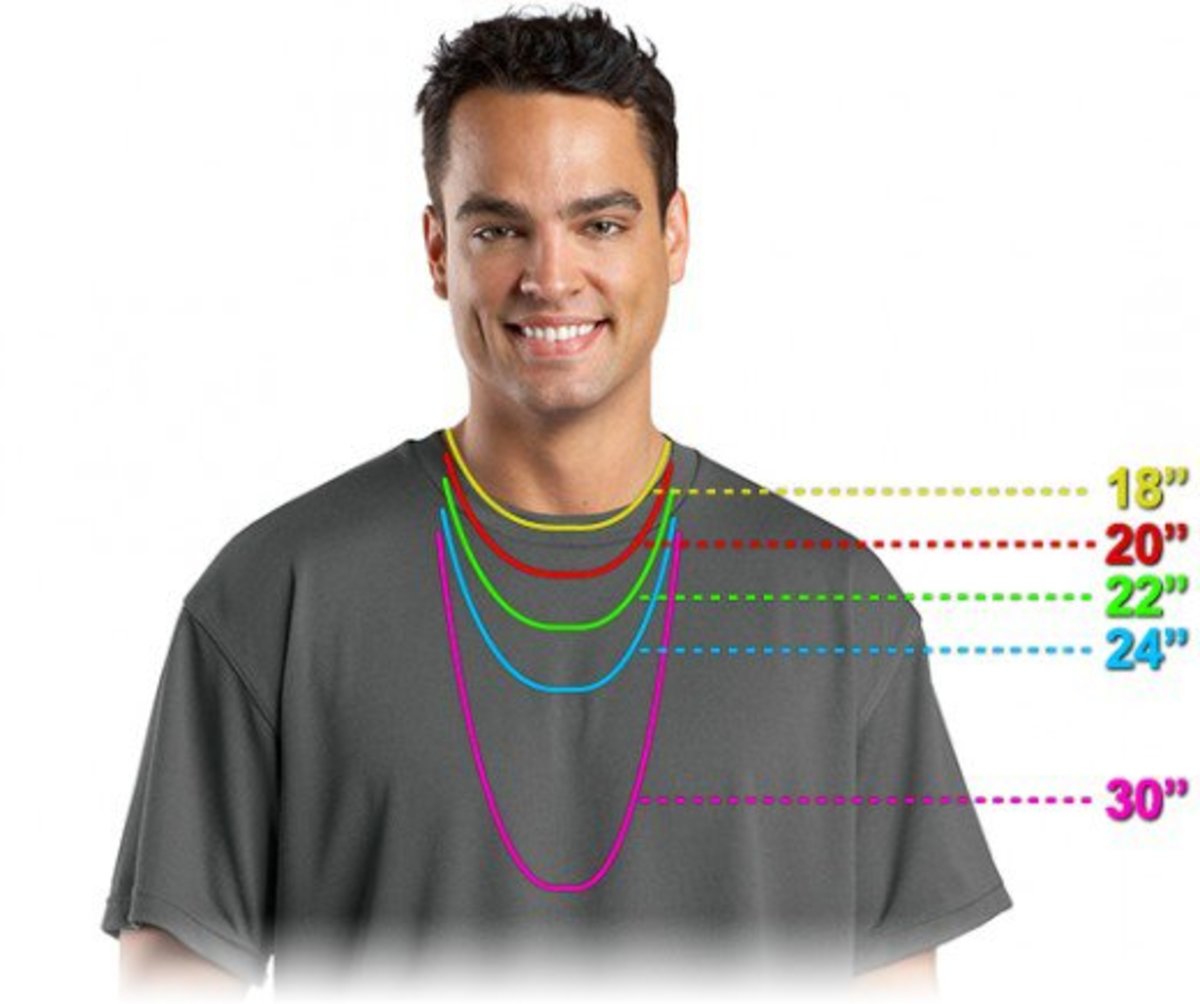How Can You Tell If A Diamond Is Real?
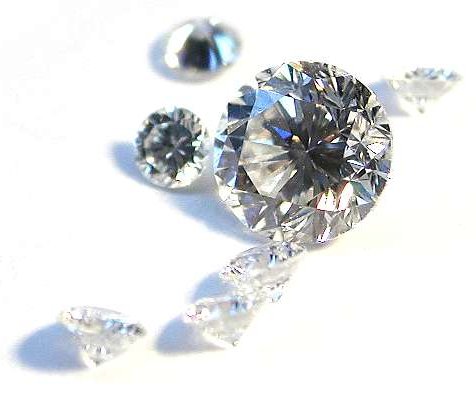
People may have various reasons for wanting to know how to tell if a diamond is real or not. After all, a diamond is a priceless, emotion-laden possession that most people would want to make sure that what they've got is the real thing. Nonetheless, whatever those reasons may be, hereunder are five simple ways that can help you out.
It’s important to note that the tests enumerated below will give you fair results most of the time but not all of the time. The reason for that is the fact that even a non-genuine diamond such as cubic zirconia, moissanite, and other quartz may exhibit, though rare, some diamond-like characteristics. The best way to know whether that diamond you have in your necklace is real or not is to take it to a GIA-certified gemologist or grader. These guys have had years of experience in dealing with gemstones and as such, will have a much better assessment of the gem.
Another thing to note is that the DIY tests below will only be limited on only being able to tell whether or not the stone in question is a real diamond. These won’t be able to tell you that, should it be found that it’s not real diamond, what other material it's made of or whether it’s a natural diamond or a lab-created diamond.
Furthermore, these tests may not be suitable for testing diamonds of tiny sizes. In such cases, it would be better to have a GIA-certified gemologist or laboratory do the testing because they will have better tools and far superior skills.
So How Do You Tell If a Diamond is Real or Not?
1. Refraction Index Test
This test takes cognizance of the fact that a real diamond has a very high refractive index. This means that it bends or refracts light sharply as it passes through the diamond.
To get started, put the gem on top of a newspaper. The aim here is to see whether or not the printed characters on the newspaper will be seen or not when looking through the gem. If the characters can be seen clearly, then the stone is not real diamond. It’s probably made of glass, quartz, or other diamond-like material. If you cannot see the characters printed on the newspaper clearly, then it's most likely the real deal.
2. Breath Test
This test takes cognizance of the fact that a real diamond dissipates heat very quickly. If you are to breathe onto the diamond, the fog that forms on its surface will dissipate instantly. If the fog stays on for more than three seconds, then the stone isn’t a real diamond.
3. Ultra-violet Light Test
This test takes cognizance of the fact that most real diamonds, when put under an ultra-violet light, will look fluorescent blue while almost all fake diamonds will not.
However, it's important to note that not all real diamonds will look fluorescent blue under an ultra-violet light and as such, this test won't be that reliable in many cases.
4. Scratch Test
This test takes cognizance of the fact that a real diamond, being a hard stone, will scratch a glass surface. However, doing this test may damage the surface of your diamond even if it's a real one.
5. Visual Test
The aim is to look for impurities or imperfections in the internal structure of the diamond using a loupe or a magnifying glass. Real diamonds will have impurities or blemishes within its structure while fake diamonds will appear as perfect clear or near-perfect clear.
The tests described above are fairly simple and straightforward that even the average Joe will be able to pull it off with precision. However, it may take some bits of practice to get the hang of it.
That said, here's a very simple quiz to see if you have been reading the stuff above.
Spotting a Real or Fake Diamond
view quiz statisticsA Necklace With a Fake Diamond
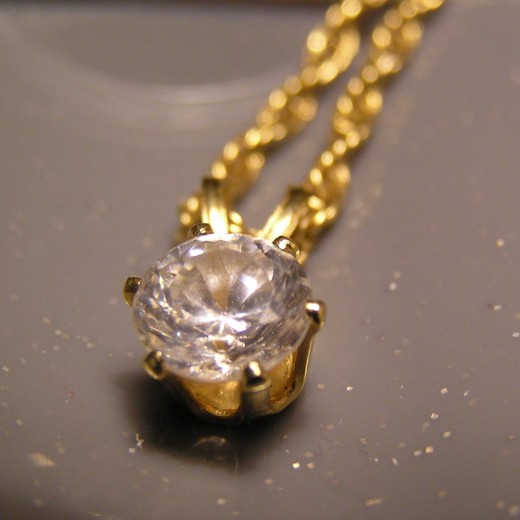
By now, you would already have a fair knowledge on how to tell if a diamond is real. Look at the lovely diamond-laden necklace below. Are the diamonds on it real or not? Of course, we can't tell by just looking at the photo, but with the knowledge in mind and backed up with bits of practice, you will have a good chance of not being intimidated by any unscrupulous gem vendor.
However, if you really need to be absolutely sure about anything, it's always a good decision to have a certified gemologist do the testing, although for a certain fee.
